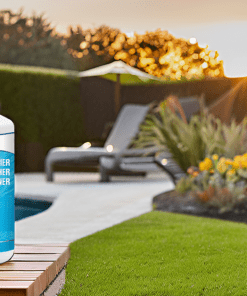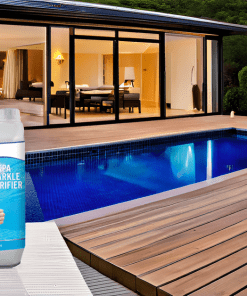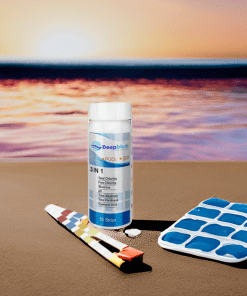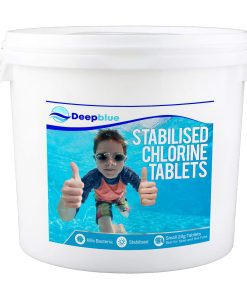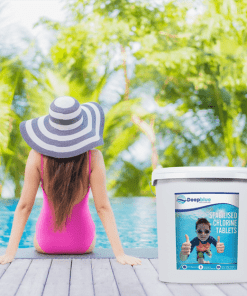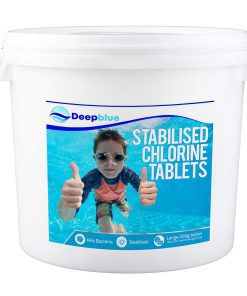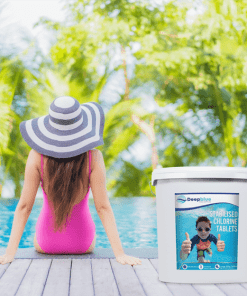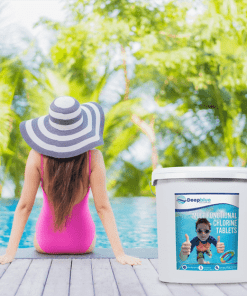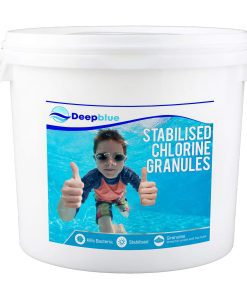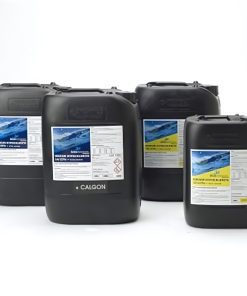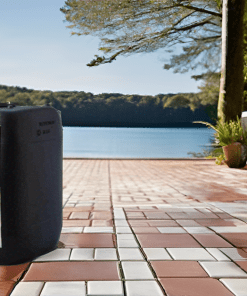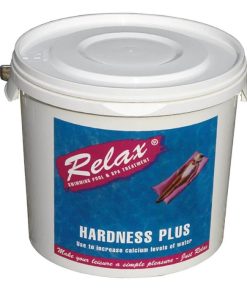Hottub, Swimming Pool
Step-by-Step Guide: How to Conduct a Spa Pool Risk Assessment
Step-by-Step Guide: How to Conduct a Spa Pool Risk Assessment
A thorough risk assessment is the cornerstone of a safe spa pool management system. This is not optional, it is a legal requirement that you must carry out. It involves identifying potential hazards, evaluating risks, and implementing effective control measures. This blog post will guide you through the process using information from the HSE Guidance [8].
Step 1: Identify Potential Hazards
Start by identifying all potential hazards associated with your spa pool. These can be categorised as:
- Microbiological Hazards: These include bacteria such as Legionella pneumophila, Pseudomonas aeruginosa, and other infectious agents that can thrive in warm, agitated water [2, 47].
- Chemical Hazards: These are associated with the chemicals used to treat the water, such as chlorine or bromine, and include the risks of overdosing, mixing incompatible chemicals, and the formation of disinfection byproducts [48].
- Physical Hazards: These include the risks of slipping, tripping, drowning, and entrapment in the spa’s fittings and outlets [5, 49].
- Other Hazards: Consider any other potential risks, such as electrical hazards, confined space hazards, and manual handling hazards [49-51].
Step 2: Evaluate the Risks
Once you’ve identified the hazards, evaluate the associated risks. This means assessing the likelihood of each hazard occurring and the potential severity of its consequences. Key factors to consider include [27]:
- Water Temperature: Is the water temperature consistently within the range where bacteria thrive (20–45°C)? [2]
- Bather Load: How many people use the spa, and how often? Higher bather loads increase the risk of contamination [45, 52].
- Water Quality: What is the source and quality of the water? Are there any known contaminants? [8]
- Disinfection System: How effective is your disinfection system? Is it properly maintained? [13]
- Filtration System: Is the filtration system adequate and well maintained? [13]
- Cleaning Procedures: Are cleaning procedures sufficient to remove organic matter and prevent microbial growth? [53]
Step 3: Implement Control Measures
Implement control measures to prevent or minimize the identified risks. This might involve [8, 9]:
- Water Treatment: Implement an effective water treatment programme with appropriate disinfectants to control microbial growth and balance pH [54, 55].
- Filtration: Use a suitable filtration system to remove particulate matter from the water [56].
- Cleaning and Disinfection: Establish a routine cleaning and disinfection schedule for the spa, balance tank (if present), and associated equipment [53].
- Physical Controls: Install slip-resistant surfaces around the spa, secure any electrical equipment, and provide adequate signage to prevent accidents [49, 50].
- Emergency Procedures: Establish a clear action plan to deal with emergencies [33, 57].
Step 4: Record Your Findings
Keep records of all of your risk assessment results including the hazards, risks, and control measures [34, 58]. This should include [58]:
- Names of responsible persons.
- Significant findings of the risk assessment.
- Written control scheme.
- State of operation of the spa-pool system.
- Results of any monitoring, inspection, tests or checks.
Step 5: Review and Update Regularly
The risk assessment is not a one-off task. It needs to be a living document that you review regularly, and particularly when there is a change or a reason to believe it is no longer valid. [33]. Reasons to review include [33]:
- Changes to the spa pool.
- Changes to operating or treatment regime.
- New information about risks or control measures.
- Results of tests that show control measures are ineffective.
- Changes to key personnel.
- Any disease associated with the spa pool.
Frequently Asked Questions (FAQs)
Who is responsible for carrying out the risk assessment?
The dutyholder, or employer is responsible for ensuring a risk assessment is carried out [26]. They may do it themselves if they are competent or seek external help [29].
What is a ‘reasonably foreseeable risk’?
A reasonably foreseeable risk is a risk that an employer or dutyholder should have identified and taken steps to control [26].
What should the risk assessment cover regarding water quality?
The risk assessment should consider the source and quality of the water supply, the potential for contamination, and the effectiveness of the biocide treatment [8, 27].
How often should I review my spa pool’s risk assessment?
You must review your risk assessment regularly and when there is a reason to suspect that it is no longer valid [33, 37].
Is a written risk assessment required?
A written risk assessment is legally required if there are five or more employees. However, it is best practice for all businesses [34].
By following these steps, you can effectively identify and control the risks associated with your spa pool, making it a safer environment for everyone.
Related Products
Best Online Sellers



